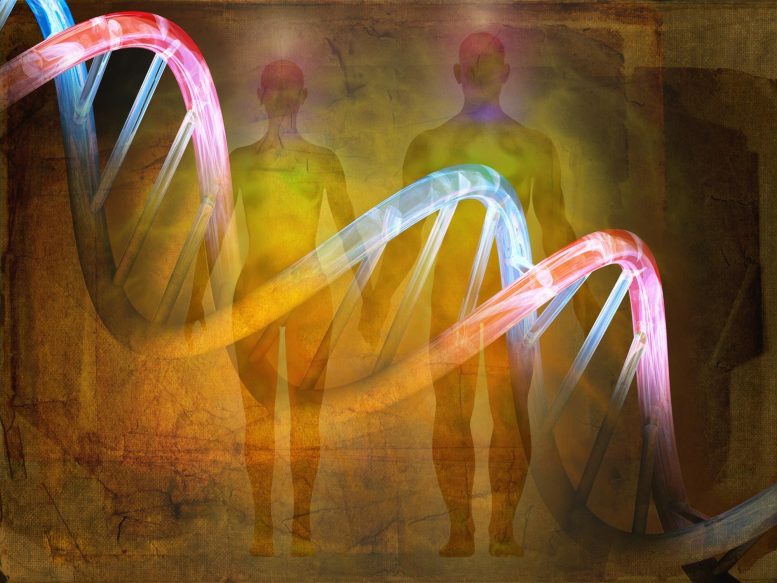In the 1800’s, communications were continuously developing and connecting people across the continents and oceans. For example, telegraph cables were emerging and being laid across the ocean floor, with the first successful transatlantic telegraph cable transmitting messages in 1858 (see this article in American Scientist). However, the telegraph was not an option for communicating with a ship sailing on the water.
When H.M.S. Challenger left port in 1872, there were no computers on board or satellites to connect with to send and receive email messages (I’m sure I’m not the only one that reminds students there was a time before the internet!). At that time, letters were the primary form of communication and the only way to share information across the miles.
The “snail mail” version of communicating for Challenger worked very well, thanks to Great Britain’s global reach via ships on the ocean. Since Challenger docked at ports frequented by British ships, letters and news stories could be exchanged.
Charles Wyville Thomson, the civilian scientific director on board, was well-aware of the importance of communicating the science and adventures of Challenger. Wyville Thomson frequently wrote reports and articles during the three-year expedition, while other Challenger scientists, sailors and officers wrote letters and non-technical books for the general public that resulted in widespread attention across multiple audiences. Here, I focus on Wyville Thomson’s communications to the magazine, Good Words.
Wyville Thomson’s Good Words
Cover of magazine Good Words, from volume 14 (1873). From HathiTrust.
Several outlets published reports and news articles about Challenger’s accomplishments, ranging from the Times of London to Punch. But the outlet Good Words was a favorite for Wyville Thomson, as he had 15 articles published in this monthly evangelical British periodical. Good Words was published between 1860 and 1906 and contained miscellaneous literature such as poetry, but it was primarily intended as an illustrated magazine for “fine visual material“.
Wyville Thomson’s articles are available online through HathiTrust. These are the articles, listed in chronological order of publication date (*there are inconsistencies with how Thomson titled his pieces and his numbering system):
- Letters from H.M.S. Challenger (1873, v. 14, p. 394-397) I. Bermuda, April 7, 1873
- Letters from H.M.S. Challenger (1873, v. 14, p. 854-858) III. Gibraltar to the West of Teneriffe
- More Letters from H.M.S. Challenger (1874, v. 15, p. 45-48) I. From the West of Teneriffe to St. Thomas
- Letters from H.M.S. Challenger (1874, v. 15, p. 94-103) II. Bermudas
- Letters from H.M.S. Challenger (1874, v. 15, p. 157-165) III. Bermudas
- Letters from H.M.S. Challenger (1874, v. 15, p. 381-387) IV. Azores
- Letters from H.M.S. Challenger (1874, v. 15, p. 494-499) V. The Azores (continued)
- Letters from H.M.S. Challenger (1874, v. 15, p. 552-561) VI. St. Paul’s Rocks
- Letters from H.M.S. Challenger (1874, v. 15, p. 618-627) VII. Tristan d’Acunha
- Letters from H.M.S. Challenger (1874, v. 15, p. 671-674) VIII. Tristan d’Acunha (concludea)
- Letters from H.M.S. Challenger (1874, v. 15, p. 743-751) IX. Kerguelen Island
- The Antarctic. A Letter from H.M.S. Challenger (1875, v. 16, p. 489-493)
- A Morning Ride (1876, v. 17, p. 452-454)
- Sketches by the Way (1877, v. 18, p. 120-125) I. The Falkland Islands
- Sketches by the Way (1877, v. 18, p. 296-299) II. Ascension
Once you get used to the style of Wyville Thomson’s writing (filled with paragraph-long sentences), I believe you will be surprised and amazed at the description and level of scientific detail included in each article. I also appreciate the sketches included, not credited but most likely completed by expedition artist and secretary to Thomson, John Wild.
When personal letters are no longer personal
Some letters and books were written by those on Challenger with the intent to share (W.J.J. Spry’s The Cruise of Her Majesty’s Ship “Challenger”, Henry Moseley’s Notes by a Naturalist on the “Challenger”, etc.), and there was much public interest in reading memoirs from Challenger participants several decades after the expedition. However, just as we warn students that what they post on the internet may never be fully deleted and could resurface in the future, some of these Challenger letters, never meant to be shared beyond their families, have appeared in publications.
Sublieutenant George Campbell decided to distribute his own letters he wrote home through a book titled Log Letters from “The Challenger”. Published in 1876 and now available online through the Biodiversity Heritage Library, he opens the book with the following text:

There are nine chapters and over 450 pages of material that provide a fascinating snapshot of the exploration on water and during the times of surveying and collecting samples on land.

Book cover for At Sea with the Scientifics
Much later in time and based upon a discovery of collected letters in the 1980’s, another book was published, At Sea with the Scientifics: The Challenger Letters of Joseph Matkin (1993). This book describes a seaman’s life “below decks” from letters he wrote back home. Navy steward assistant Matkin’s letters detail, according to University of Hawai’i Press, “shipboard logistics, the crew’s attitudes toward scientific operations, and officer-scientist-crew relations.” Matkin’s communications were the first detailed account published of a seaman’s life “below decks”, with his letters being unique in their perspective, depth, and literacy.
It seems that the first oceanographic expedition realized how important it was to engage in science communication and storytelling outside of their science circles, while at sea and upon returning home. This is a good reminder that we as scientists need to continue to build upon those early messages sent via snail mail, using our modern-day technologies to share our oceanographic work with others. Communications, no matter what the tool utilized, is key to education, engagement, excitement, and increasing science literacy across all audiences.





















Discussion about this post